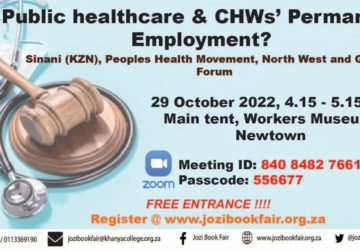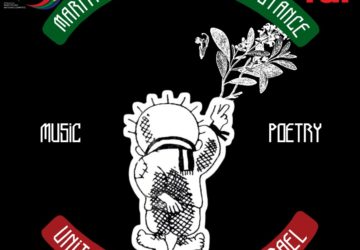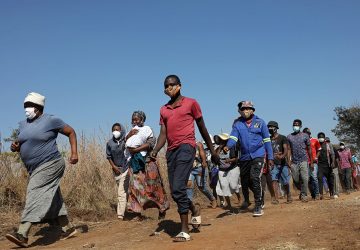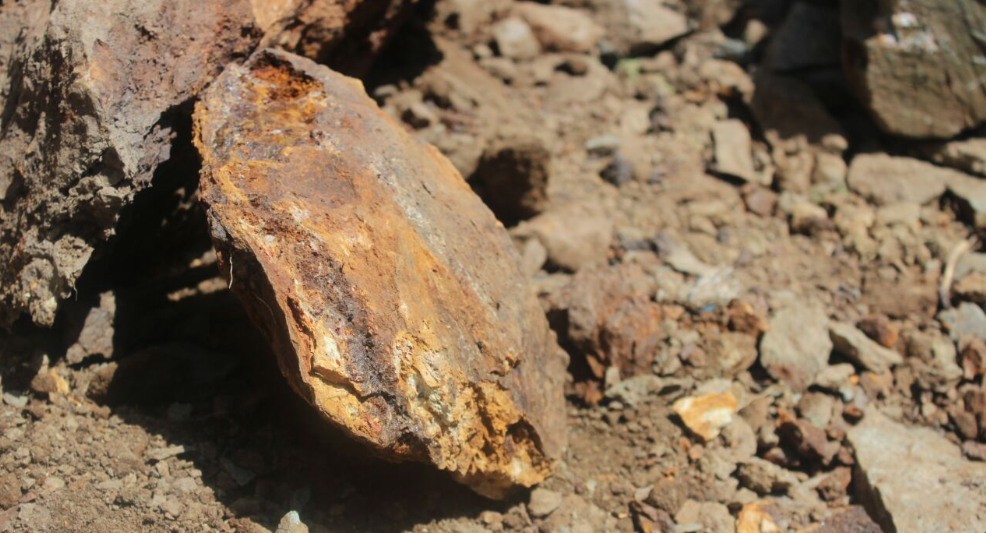Month-on-month the price of the PACSA Food Basket has come down by R14.37 (-0.7%) from R2 068.35 in March 2017 to R2 053.98 in April 2017. Whilst this is a good thing, the price drop is not large enough, nor is it happening fast enough for there to be any substantial relief in the pockets of the majority of South African households.
The drop of R14.37 must be seen through the lens of the price shocks over the last year and a half. Currently the April 2017 price of the PACSA Food Basket is still 24.6% or R405.88 higher than those prices in November 2015. As the drought recedes and as the agricultural sector recovers we should be seeing prices moving rapidly downwards towards levels recorded pre-drought (before November 2015). This is important because not only would it suggest a more linear relationship (direct) between drought and food prices but in a context of low-baseline wages and grants, a substantial drop in food prices is what is required now for households to afford food for health, wellbeing and put our society and economy on a better trajectory going forward.
The delay in the food price drop (too slow), and certainly the extent of the food price drop (too marginal) with no assistance to absorb inflation suggests that the majority of low-income households are still under enormous stress. The core foods which women in low-income households prioritise cost 25% more than they did before the effects of the drought struck. The high cost on these core foods make it difficult for women to secure a diversity of food for their families as on low budgets, monies go first to secure foods which fill stomachs whilst not providing complete nutrition and therefore implicates very badly for health and wellbeing and the ability of bodies to resist common illnesses and diseases; and for children to grow properly.
It is important that the price of these core foods comes down quickly and substantially; and that baseline wages increase and that these increased wages then keep up with food price inflation as experienced by low-income households. For households relying on grants as a primary income source; the annual increases having already been determined and coming in at less than 6% continue to ask questions of the adequacy of the state’s social security system’s ability to respond to what appears to be a rapidly deteriorating socio-economic context with immediate and long-term risks to the future outcomes of South Africa.
Statistics South Africa’s latest Quarterly Labour Force Survey for the 4th quarter of 2016 shows that the unemployment rate for Black South African workers is 30% and the expanded unemployment rate is 40.1%. The labour absorption rate for Black South African workers is 40.5%, meaning that out of 10 Black South Africans of working age; only 4 are employed.
The R3 500 proposed National Minimum Wage, when dispersed through a family of 4 persons is R875 per person. For Black South African households, the April 2017 PACSA Minimum Nutritional Food Basket for a family of 4 persons (R2 545.34) would take up 73% of the R3 500 proposed National Minimum Wage. If we add just two critical household expenditures to the food costs: water and electricity (R573.70 at Pietermaritzburg 2016/17 tariffs) and transport to get to work (20 direct return trips at R24 = R480 at Pietermaritzburg 2016/17 tariffs), combined these total R3 599.04 a month in March 2017.
The low proposed National Minimum Wage will trap working families in ever deeper cycles of poverty; ill-health and debt.
For the more detailed and insightful PACSA Monthly Food Price Barometer Report (March 2017), visit www.pacsa.org.za.



















































